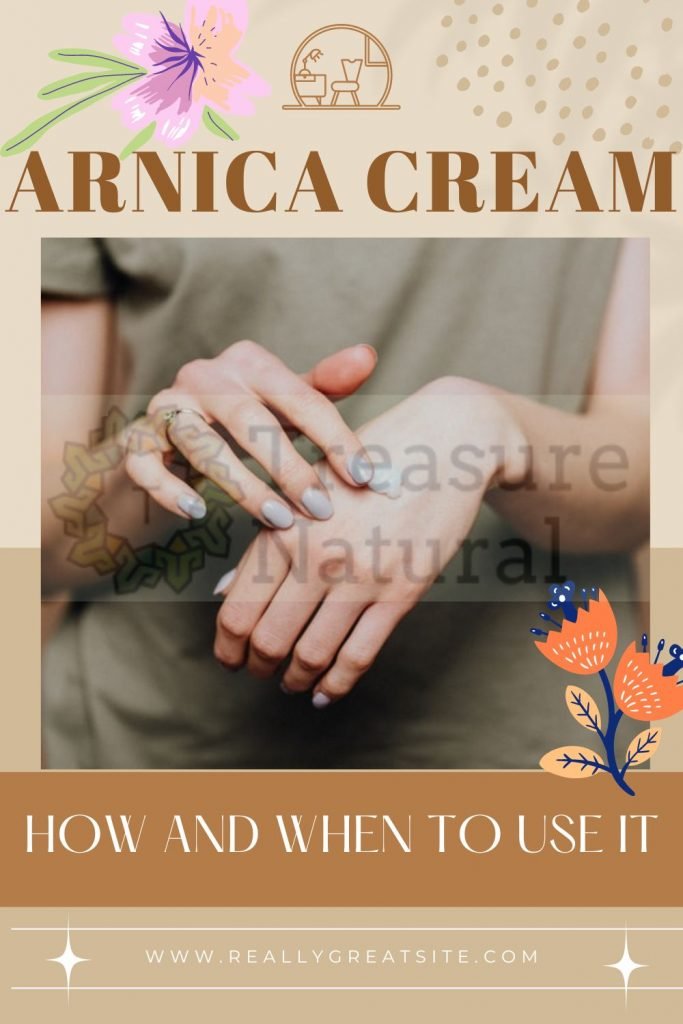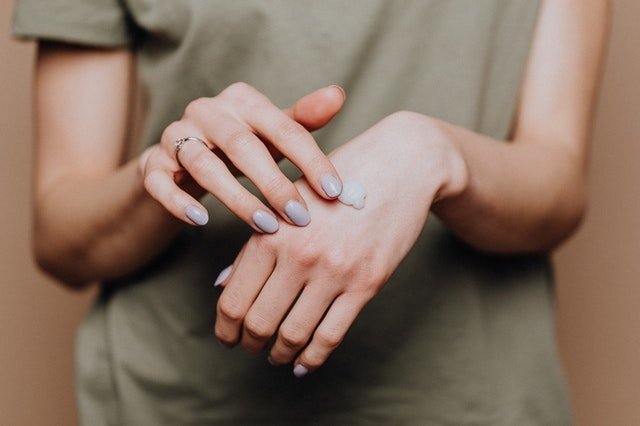
Arnica Montana has always been a remedy recognized for its anti-inflammatory and analgesic properties. Pure or in synergy with other active ingredients, it is among the components of many ointments for sportsmen, indicated for bruises, contractures, but also for pains of various origins affecting the skeletal, muscular and connective system.
Arnica creams are a remedy known to everyone by now, we find them in the form of ointment and gel. The Arnica in this formulation has entered the homes of each of us and its use is extremely widespread to treat joint pain, twitching muscles, inflammation.
What is arnica?
Arnica Montana is in effect a natural anti-inflammatory, to be used only topically. In fact, arnica cannot be taken for internal use because it is toxic. We find it on the market eventually as a homeopathic remedy, strongly diluted.
It is a perennial herbaceous plant that can measure up to 60 cm from the ground. The basic leaves are arranged in a rosette and have an oval shape. The cauline leaves are smaller, erect with a lanceolate shape. The flowers are golden yellow, with long radial petals. Its fruits are achenes with whitish hairs.
It grows throughout Europe, in mountainous areas and its flowering occurs between June and July. Flowers rich in essential oil of buttery consistency are used.
A curiosity: up to 2002 the standard drug could also derive from the Arnica Chamissonis species, to safeguard the wild Arnica Montana at risk of extinction. Since one Arnica Montana crop was developed in Germany, the other was no longer needed.
What is Arnica in ointment used for?
Saint Hildegard of Bingen was the first to mention the use of Arnica in case of bruises. The European Commission provides indications only for topical use, in case of wounds, and the consequences of trauma, such as hematomas, dislocations, contusions, edema from fractures, osteoarticular disorders, of rheumatic origin. Furunculosis, inflammation from insect bites and superficial phlebitis.
The properties of cream arnica
Arnica cream has antiseptic, analgesic, anti- ecchymotic and anti-inflammatory properties, which make this remedy useful in case of folliculitis , acne and insect bites. In fact, it helps to calm irritative states, possible skin inflammations and local infections and soothes itching.
A remedy that can also be useful in a preventive as well as curative modality is the arnica ointment. It generally contains a high concentration of Arnica phytoextract whose beneficial effect can be enhanced by the synergistic action of pure essential oils such as those of juniper, bitter orange and eucalyptus, which enhance the anti-inflammatory, decontracting and circulatory effect.
When to use cream arnica
Arnica ointments must never be missing in our homes: useful when we experience pain in the cervical and lumbar tract, for incorrect postures, for blows of air. Effective remedy for joint problems that can affect knees, ankles, shoulders, wrists or elbows: it has an anti-inflammatory, decongestant, relaxing action.
Arnica cream is indicated for all those sports injuries such as sprains, bruises, cramps, but also bursitis, heelitis , tendonitis : it reduces edema, swelling, soothes pain from muscle contractures due to its analgesic and anti-inflammatory properties. There are particular formulations that we find in the strong arnica ointment, where the dry extract of arnica is used at a higher concentration, compared to the tincture, properly indicated for deep traumas.
How to use cream arnica
The solutions for topical use, both gel and ointment, can be applied and massaged on the area until completely absorbed.
For those pains of a rheumatic nature or of incorrect posture that generally affect the cervical and lumbar tract we can enhance the effect of arnica cream by covering the part with a warm cloth.
How many times a day can arnica-based ointment be used?
The use of arnica-based ointment or cream instead for joint pain, deep trauma not on injured skin can be continued until remission and can be applied 2 or 3 times a day, recommended in any case not to miss the appointment in the morning and evening.
Arnica in ointment for children
Arnica ointment can also be adopted as a first aid remedy for children, in case of fall, small “play” traumas: we can therefore apply the ointment in the presence of bruises, swelling, general pain from bruises, to which often they are subject to vivacity.
Contraindications of cream arnica

Arnica cream is indicated for all those lesions that see the skin intact. On the other hand, it should not be applied in case of open wounds, ulcers, abrasions, as this would cause side effects irritating to the skin and a strong burning sensation.
It is not recommended for people allergic to Compositae such as ragweed, mugwort, dandelion, echinacea.






